This story was co-published with El Paso Matters as part of our joint Equitable Cities Reporting Fellowship For Borderland Narratives.
With each spray from the nozzle of their aerosol paint cans, the hundreds of street artists that took over a South El Paso warehouse transformed cinder block walls into communal public art pieces over the course of one weekend.
Nine years ago, a group of local graffiti artists formally organized Borderland Jam, a public three-day graffiti art show and festival with roots going back to the ‘90s, to showcase their work. Each year, more and more artists from around the world join the collaborative.
During this year’s festival, held President’s Day weekend, over 200 hundred artists repainted the walls spanning four city blocks, giving new life to this urban landscape.
“It just starts with talking to the people at first, like the owners of the building,” says graffiti artist Cyk, one of the festival organizers, who only gave his artist name. “These walls were getting painted way back when, so that was already established a long time ago. We have a lot of homies who know a lot of homies, so we put it out there.”
Graffiti art has long been a regular sight at this intersection. For more than three decades, the walls on Cotton and Third streets in El Paso’s historically Hispanic neighborhood of El Segundo Barrio had been tagged by street artists.
Local artist Chicago had been spray painting those same walls long before Borderland Jam became an organized project.
“Way back when, here at Segundo Barrio, the gangs used to mark the walls a lot,” he says in an interview held in English, Spanish and Spanglish. “They gave us a chance to make art here that was beautiful. Every year it grew more. I have friends here from San Francisco, from New York, and there’s even two guys from London.”
The new murals done each year by recognized street artists are usually left alone and respected by those who otherwise would tag the walls to mark their territory.
“Some kids would come and tag,” Chicago says. “We will come back and fix it. If we see them, the kids from this hood, we talk to them and ask them to respect the art and tell them they can have their art here someday.”
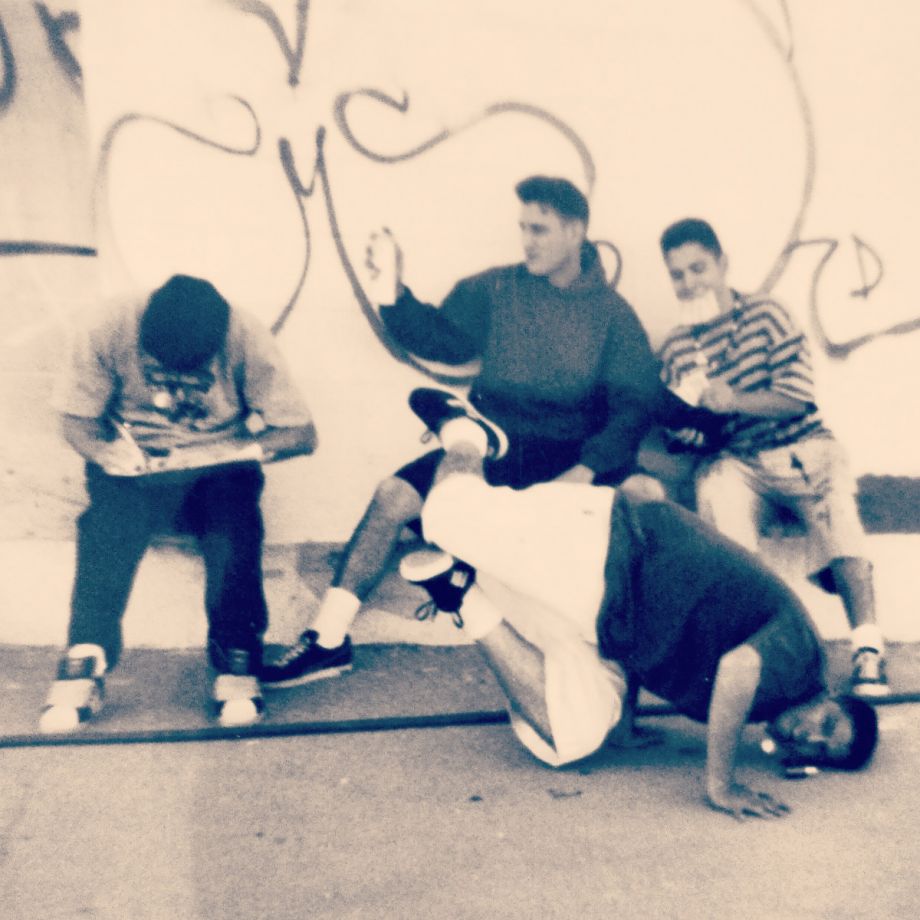
An archival image of The Border Youth collective in 1995. (Image courtesy Dave “Graves” Herrera)
Early in the project’s history, about 50 local artists joined forces to paint the walls of what is now the Longhorn Warehouse, a local importer and distributor of Mexican food from Ciudad Juárez. This year, more than 200 artists from around the globe joined the project.
The festival’s history dates back to 1995, when local artist Dave “Graves” Herrera founded the volunteer Border Youth Mural Collective, which aimed to promote public art and local artists. The collective first used the historic Pershing Theater in Five Points as the wall for its paintings; when that was no longer publicly accessible, the group moved to Segundo Barrio.
When The Border Youth collective began in 1995, “street art, murals, graffiti were not a thing but the opposite,” Graves says. “The event was always well organized. However, because of no social media it was never a thing. It was organic.” In 2009, the group became Borderland Jam.
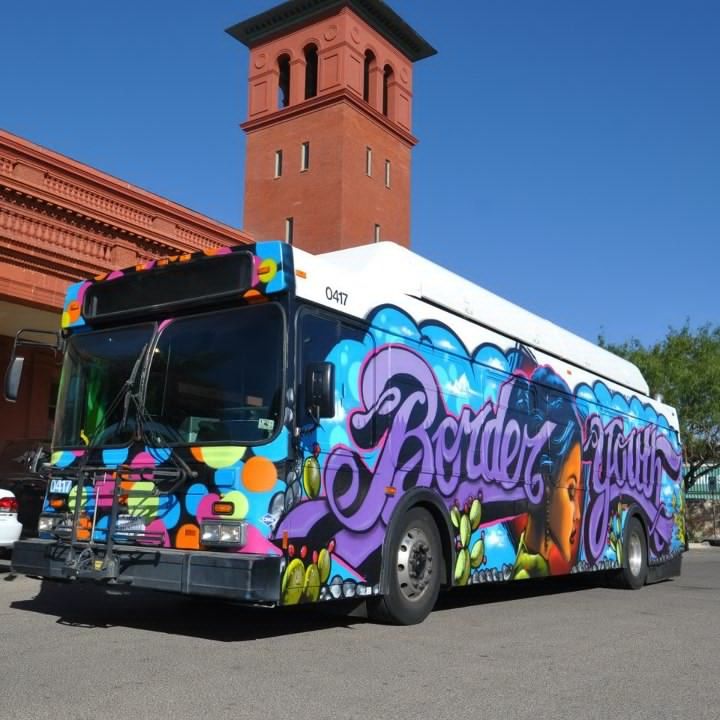
An archival image of The Border Youth collective's graffiti work. (Image courtesy Dave “Graves” Herrera)
There are no major sponsors for the event. Instead, each participant donates their time, talent and materials. Tables and boxes with multiple spray paint cans are seen beside each artist.
“It’s 100% out of our pocket,” Cyk says. “It’s crazy that people are willing to go so far, but it just goes to show you know what we’re willing to do for what we love.”
All artists need to be invited and are assigned a part of the wall to paint. Chicago, who painted a mural of a woman’s face that covered an entire wall, said he invested about $2,000 of his own money to participate in this year’s Jam.
“I have to close down my tattoo shop for the weekend, where I would make about $1,500,” he says. “Then I spend about $500 on paint.”
Chicago, who started painting as a child, hopes others who see the paintings on the walls draw inspiration and follow their aspirations to create as well.
“When I was a kid, the first time that I saw a mural, that I saw a name on a passing train, I remember it gave me animo (encouragement),” he says. “I hope that kids see our art and that it hits them the same way it did us. Graffiti helped me out a lot in my career as a tattoo artist. I came up with gangs and crime and this gave my life color. It gave me something good, a better reputation as an artist.”
When he was 12 years old, Chicago was inspired to start painting by Kex, now a fellow Borderland Jam participant. Kex, whose project for the event was a recreation of a train cart transposed into a wall, got involved in street art as a schoolboy in the ‘90s.
“I would see it on the trains when I would walk home on the train tracks, I would always see the painted train carts,” says Kex. “It caught my eye. I still think to this day that graffiti is for the children. Those who see it and want to do it, too.”
Another staple of the Borderland Jam is Myker, an artist who started painting in 1995. He and his partner Gibbs have been painting the walls of the warehouse since the late ‘90s.
“People have been painting these walls since before then,” he says. The Borderland Jam “started with one of the owners letting us paint a wall. The Segundo Barrio neighborhood has been involved in street art since the ‘70s. This area has a long history in general. We just got passed the torch.”
Last year, El Paso recognized the project’s unique contributions to its culture and community. “These artists and community builders helped shape, mentor, and inspire youth in El Paso in positive ways for over 30 years throughout many border walls with community beautification mural works,” the city wrote in a 2022 resolution formally recognizing the group and declaring a “Borderland Jam and Border Youth Out Beautifying Day.”
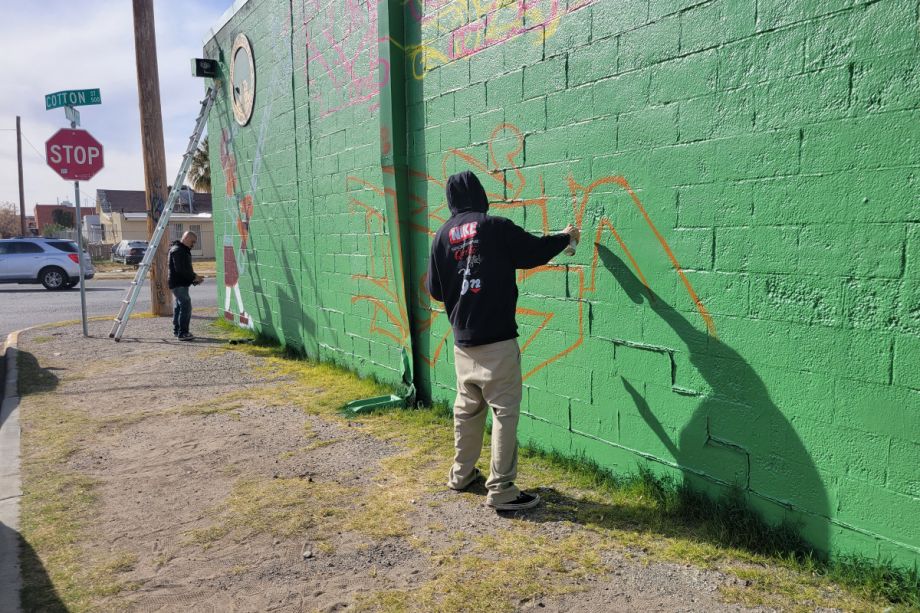
Street artists Myker (left) and Gibbs (right) work on a piece during El Paso's 2023 Borderland Jam public art festival. (Photo by Christian Betancourt)
City government did not always support graffiti art. Myker remembers a time when anti-graffiti enforcers would remove the art on the walls.
“For a while, the (artworks) were completely erased,” he says. “The city was trying to clean up. Eventually, we talked to the owners, and they let us paint again and it just started growing again. At the time, we were going back and forth with the graffiti eradicators. We would leave messages and tape up our permission slips. There was just a big anti-graffiti movement at the time.”
Now, as the public art project has formalized, the street art has become a point of pride for the city rather than a nuisance that the local government.
“Once it became an actual event run by the artists, (it) became very consistent,” Myker says.
Ernesto Trevizo began running the warehouse five years ago. He inherited the structure’s art and continued to allow the artists to paint. The exterior walls of the main building were used as a canvas during this year’s Borderland Jam.
“I think it’s a tradition that they do every year,” he says. “It’s a mutual understanding that they’re going to paint and a tradition of Segundo Barrio. We don’t have any issue with it as a business. We’ve never had any problem with them. They’ve made some beautiful murals.”

Christian De Jesus Betancourt is Next City and El Paso Matters' joint Equitable Cities Reporting Fellow for Borderland Narratives. He has been a local news reporter since 2012, having worked at the Temple Daily Telegram, Duncan Banner, Lovington Leader and Hobbs News-Sun. He's also worked as a freelance reporter, photographer, restaurant owner and chef. Born and raised in Juarez, El Paso became Betancourt’s home when he moved there in the seventh grade.

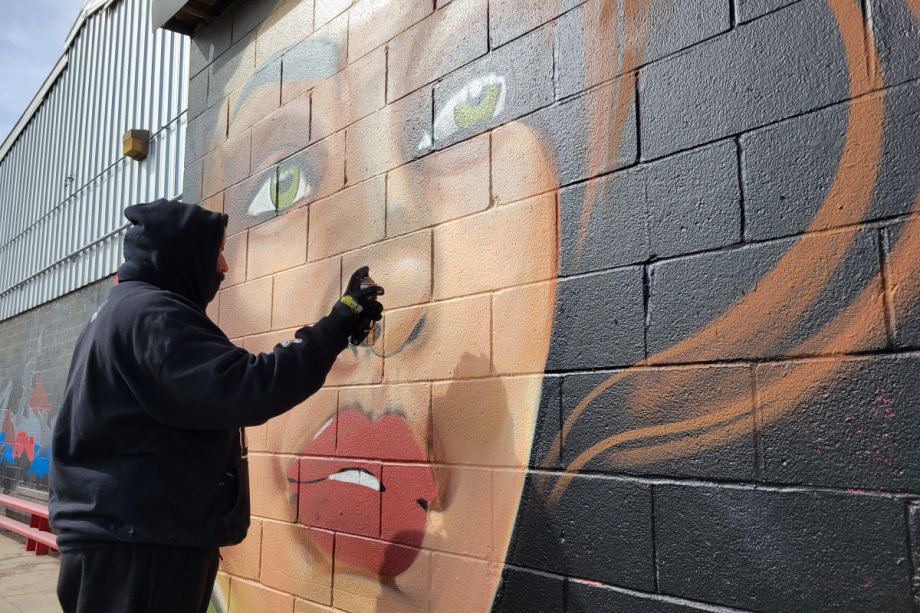
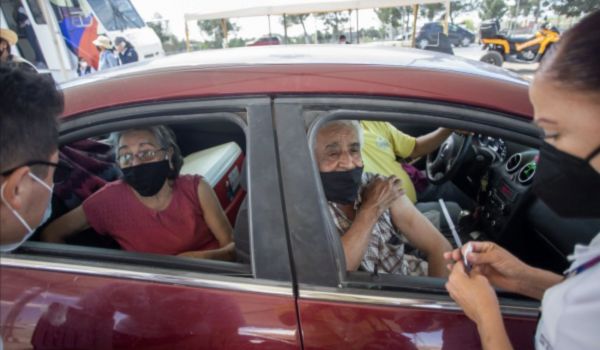
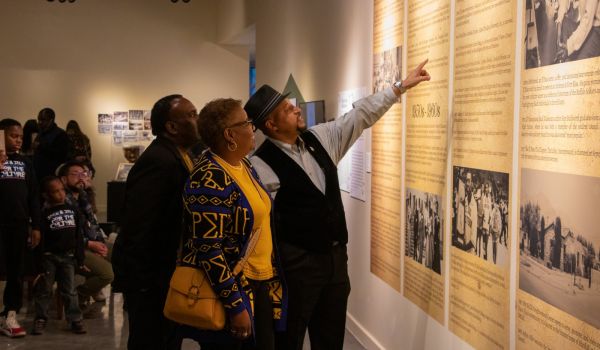
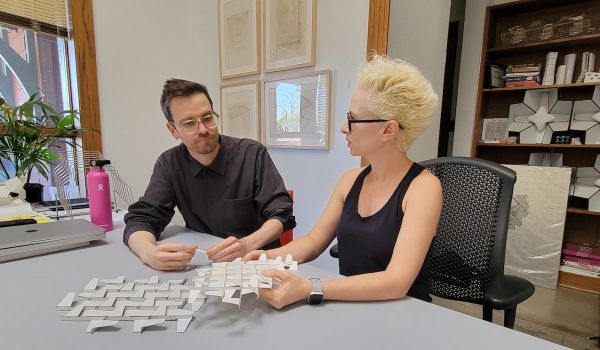
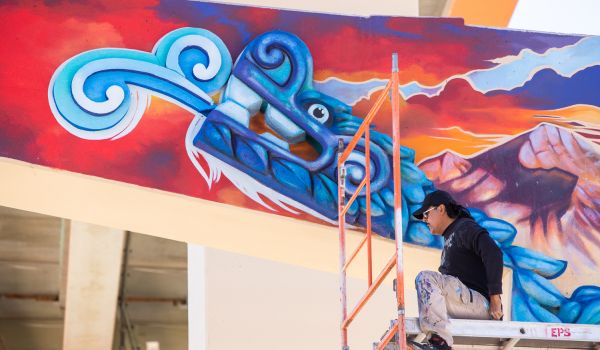
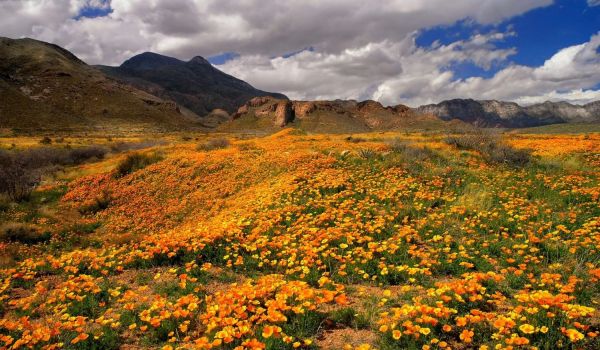

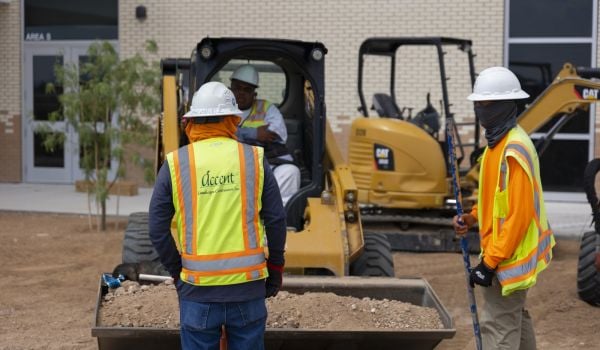
_600_350_80_s_c1.jpg)






